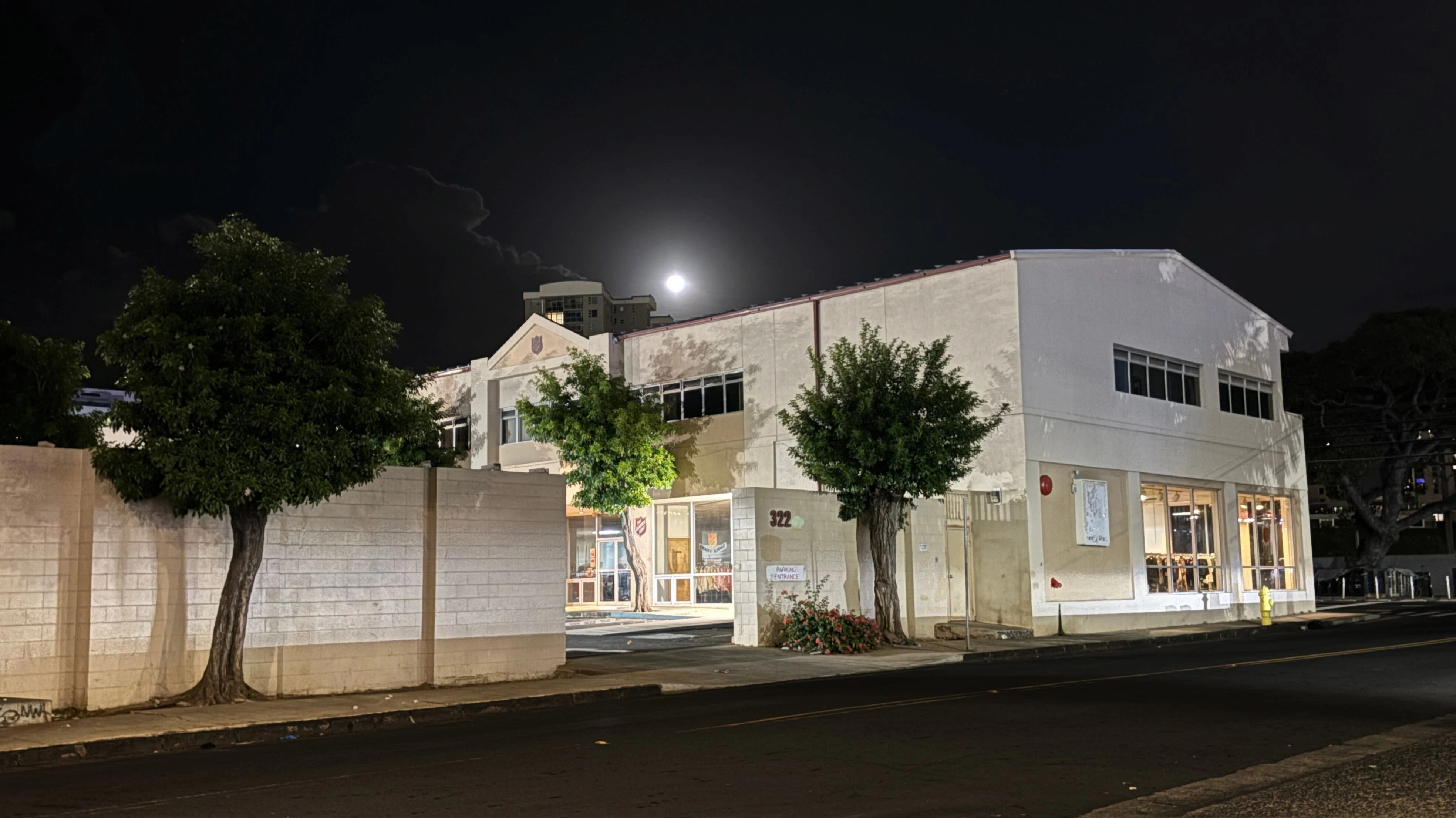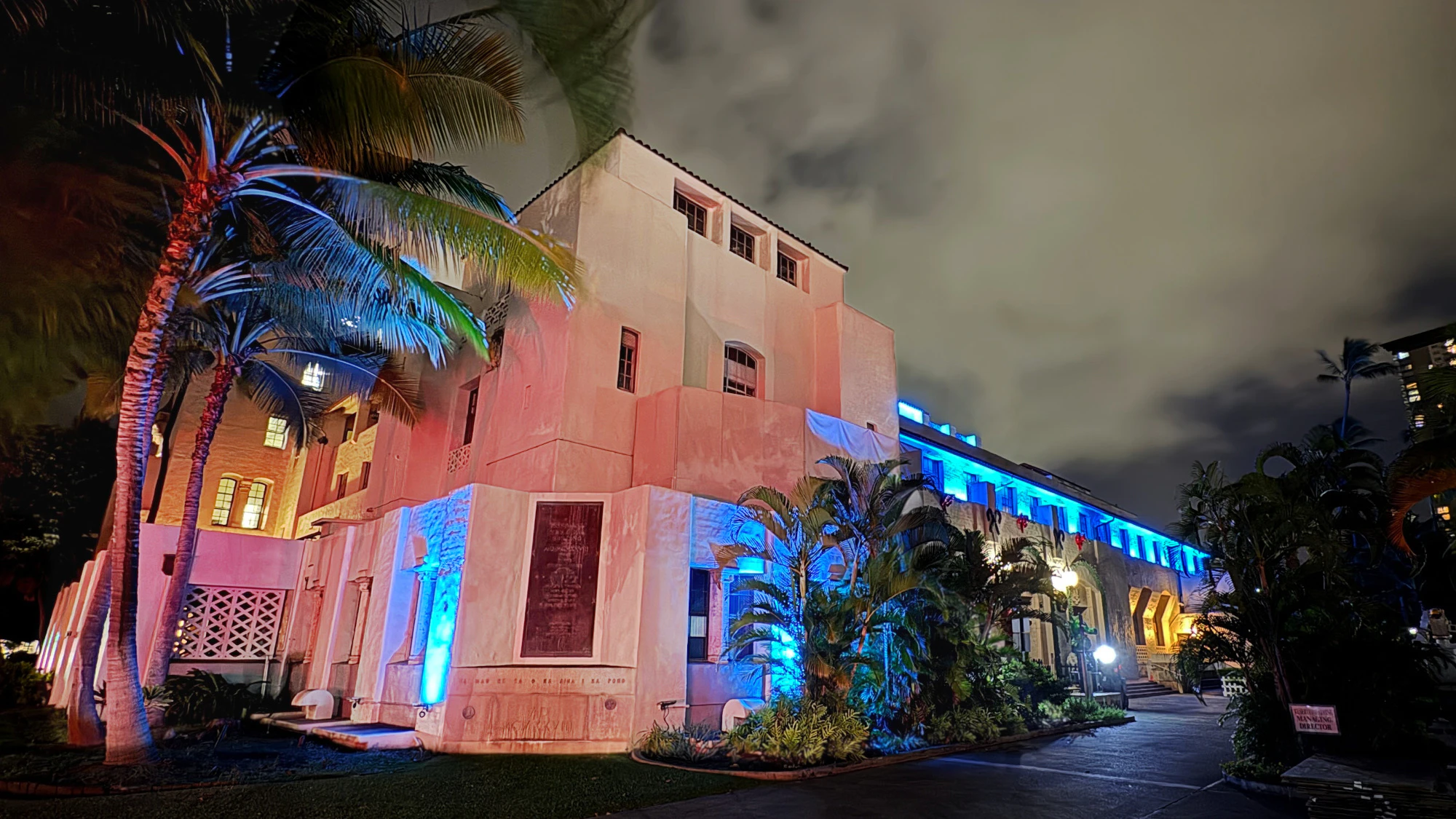Although I’ve never physically set foot in this building, I’ve heard a lot about it. People who have worked in that space and others who’ve shopped there have complained about experiencing negative feelings like anger, sadness, and fear for no reason. Shadows shift about where there shouldn’t be any, and fleeting movements appear just at the end of one’s peripheral vision, but when the person turns to look, there’s nothing there.
I don’t shop at thrift stores. It’s not a status or a stigma issue, but something my mother taught me about sharing one’s personal belongings. Many years ago, when everything was still wonderous and magical in my youthfulness, I sat with my mother at her kitchen table. This was the same table that hosted Paiute games on certain nights of the week, but on this night, it was just the two of us.
I casually told her about my friends from work and me going out for a night on the town. One recently hired coworker had forgotten his casual shoes, so I loaned him a pair of my own. They were old shoes but still in good condition. If I never got them back, I wouldn’t have minded.
My mother, in her calm, meaningful way, just smiled and said that growing up in her home, there was an understanding that unless it was a family member who lived in the house, your own close bloodline, they made it a point to never lend anything to anyone: no clothing or slippers, no shoes, hats, hair ribbons, combs or brushes, but most especially no underwear.
“Who knows what someone who is not of our blood will do with those things that we’ve lent to them?” my mother said, “They could use what is ours, those things that contain our mana, to put a curse on us, individually or collectively.”
Mary Kawena Pukui describes it as ‘ili kapu, the kapu against wearing another’s clothing. There is a belief that clothing because it touched the body, contains some of the wearer’s mana, their inner spiritual energy, and to wear someone else’s mana against your skin, especially without their knowledge, was an ingrained revulsion. You could absorb their mana, and you wouldn’t know if they were kind or repulsive, honest or cruel. It just wasn’t done. Additionally, if the garment contained enough of a person’s mana, it would be used as maunu (bait) for ‘ana‘ana (sorcery) against that person or their family, just as my mother had explained.
When people explain their feelings of discomfort in that old thrift store building, I wonder if it’s because of the mana left in the belongings of the people who once owned those items that are for sale. Then, I think about the history of the land beneath the building.
The first prison on O‘ahu was at Fort Kekuanohu, also known as “Fort Honolulu” or “The Old Fort.” To accommodate Honolulu’s growing population and commerce, the legislature adopted a resolution to remove Fort Kekuanohu and construct a new prison in Iwilei, just outside of town. In 1857, O‘ahu Prison was completed and began taking in, as Mark Twain described, “…All classes of offenders, murderers, felons, and misdemeanants.”
This new prison was built on marshy land with coral blocks carved by prisoners. Standing like a huge, white fortress at the end of a coral road surrounded by fishponds, it was sometimes called the “Kawa Prison,” “King’s Prison,” or simply “The Reef.” The gallows were built in the courtyard near an immense banyan tree. In its 59-year history, 39 people were executed on those gallows near that banyan tree, each one of them convicted of murder.
In the study of parapsychology, the idea that a place can hold the energy of the past is often linked to the theory of residual hauntings. This suggests that intense emotions associated with feelings of trauma or suffering can be imprinted on the environment. This idea is often cited in locations with dark pasts, like asylums, battlefields, and prisons.
The fishponds were filled in to make way for Honolulu’s ever-growing populace and the prison was torn down. In its place stands an old building that now houses the Salvation Army Thrift Store.
The negative feelings, shadows, and strange movements seen and felt by those who work or shop at the thrift store may be more than just imagination. Whether it’s the mana embedded in the secondhand belongings or the dark history of the land itself, the feelings of unease persist. The echoes of history are not always seen but are instead felt, leaving a subtle reminder that the energy of the past is often still present.





